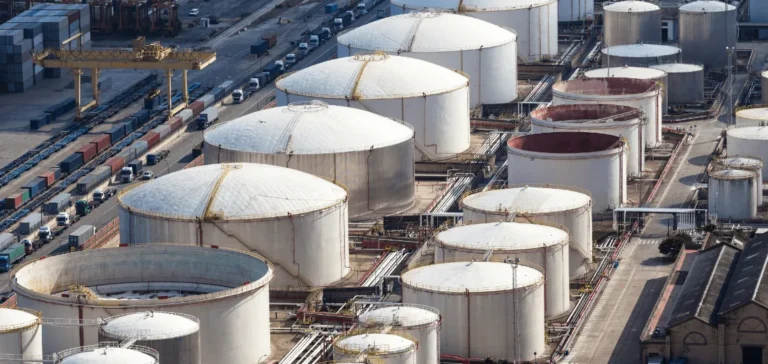Major U.S. midstream companies are increasingly focusing on less explored regions to meet rising natural gas demand. Historically dominated by states in the Southeast and Texas, expansion plans are now evolving toward the American West and Northeast, areas showing significant potential for increased energy consumption.
Targeted Expansion Toward the Southwest
In the Southwest, the sharp rise in demand primarily stems from rapid growth in data centers and an increasing need for electricity production. Local electricity demand continues to rise steadily, prompting energy producers to turn toward natural gas as a reliable resource to satisfy immediate needs. In response, several midstream companies are considering strategic investments in extending existing networks, without undertaking the risks associated with entirely new projects, known as “greenfield.”
For these operators, the prudent approach of expanding existing infrastructure is reinforced by strong guarantees, notably contracts signed with highly creditworthy companies. These firms are often technology corporations or regulated utilities, ensuring financial security and project sustainability. This strategy directly aligns with current investor expectations, balancing growth and security.
Regulatory Challenges in the Northeast
In the Northeastern United States, opportunities for developing new gas pipelines historically face significant regulatory challenges. States like New York and Pennsylvania have frequently delayed or blocked projects already approved by the Federal Energy Regulatory Commission (FERC). These obstructions particularly affect notable projects such as the Constitution Pipeline and the Northeast Supply Enhancement (NESE).
However, a more favorable context appears to be emerging recently in certain Northeastern states, driven by a gradual shift in local government attitudes. This development could facilitate the revival or acceleration of projects stalled for several years. Nevertheless, investors remain cautious, preferring projects backed by explicit and lasting regulatory support, thereby reducing risks of failure or excessive delays.
Competition Between Pipeline Projects
Two major projects particularly attract attention in the U.S. Northeast: the Constitution Pipeline and the Millennium Pipeline. Both infrastructures share a similar objective: supplying natural gas to the New York state market and surrounding regions. The Millennium Pipeline has recently advanced in its commercial negotiations with several large potential clients, marking a decisive step toward its concrete realization.
This progress puts the Constitution Pipeline in a challenging position. Due to regulatory uncertainties and accumulated delays, investors are closely monitoring the project’s ability to regain momentum against its direct competitor. Upcoming announcements from involved companies will thus be crucial for assessing the future direction of investments in this strategic region.
Emerging Opportunities in the Northwest
Finally, the U.S. Northwest is gradually becoming a target of interest for midstream companies, driven by growth prospects in states traditionally less exposed. Rising natural gas demand in the Pacific Northwest is spurring new expansion projects, which could become significant in terms of volume and required investments.
Upcoming projects in this region will undoubtedly attract investors looking to diversify their geographic exposure. These initiatives could represent a significant portion of the future strategies of major U.S. midstream companies, confirming the progressive broadening of growth horizons beyond historically dominant regions.






















